Vidhyadhar v. Manikrao (AIR 1999 SC 1441)
Easy English explainer on mortgage by conditional sale, redemption, and title pleas by defendants.

Quick Summary
The dispute is about a 1971 “kararkharedi” for ₹1,500 (with return clause till 15-3-1973) and a later 1973 registered sale for ₹5,000. The questions: Was the first document a mortgage by conditional sale? Did the plaintiff really buy in 1973? Could he redeem or demand retransfer?
The Supreme Court held that a defendant may attack the plaintiff’s title by saying the sale deed is void/sham/collusive. The appeal was allowed, the High Court’s decree was set aside, and the lower appellate court’s decree was restored (no costs).
Issues
- Did D2 mortgage the suit field with D1 for ₹1,500 on 24-3-1971?
- Did the plaintiff buy the suit field from D2 for ₹5,000 on 19-6-1973?
- Is the plaintiff entitled to redeem the 1971 transaction?
- Was D2 ready and willing before 15-3-1971 to purchase the suit field?
- Can the plaintiff claim retransfer from D1?
Rules
- A defendant can raise any lawful plea to defeat the suit, including that the plaintiff’s sale deed is void, fictitious, or collusive and never meant to operate.
- Whether a deed is a mortgage by conditional sale or an out-and-out sale depends on intention, terms, timing, and surrounding facts.
- Consideration must be proved by evidence; mere claim of cash payment “at home” is weak without proof.
Facts (Timeline)
See image
Arguments
Plaintiff (Appellant)
- 1971 deed was a mortgage by conditional sale; D2 tried to repay before the cut-off.
- 1973 sale is valid; plaintiff can redeem or seek retransfer.
- Money order and notice show readiness and willingness.
Defendant 1 (Respondent)
- 1971 deed was an absolute sale; time lapsed—no reconveyance.
- 1973 sale consideration not fully paid; title to plaintiff is doubtful.
- Defendant can lawfully challenge plaintiff’s sale as void/fictitious.
Judgment (Held)
See image- Appeal allowed. High Court’s judgment set aside.
- Lower appellate court’s decree restored (no order as to costs).
- Reaffirmed: a defendant can take the plea that the plaintiff’s sale deed is void/sham/collusive.

Ratio Decidendi
Courts may look beyond form to find the true nature of the transaction—mortgage or sale. A defendant can lawfully dispute the plaintiff’s title, including by alleging that the sale deed is void or collusive. Proof of consideration and conduct (notice, tender, refusal) matter.
Why It Matters
- Clarifies defence rights: defendants can attack the plaintiff’s deed.
- Guides on mortgage vs sale classification in conditional sale cases.
- Stresses evidence of consideration and readiness to repay for redemption or retransfer.
Key Takeaways
- Form vs substance: Look at intention and terms to decide mortgage or sale.
- Defence toolkit: Defendant may plead void/sham/collusive sale to defeat suit.
- Proof counts: Show real payment, not just registration recitals.
- Redemption path: Notices, tenders, refusals help prove readiness.
- Appellate control: Higher courts may restore lower appellate findings on facts/law.
Mnemonic + 3-Step Hook
Mnemonic: “MOR–PROOF–PLEA” — MORtgage or sale? PROOF of money? PLEA by defendant allowed.
- Map the deed: Terms + timeline = mortgage or sale?
- Track money: Who paid what, where proved?
- Check defences: Any plea that sale is void/sham/collusive?
IRAC Outline
Issue
1971 deed: mortgage or sale; 1973 sale: valid consideration; rights to redeem or retransfer; defendant’s right to challenge plaintiff’s title.
Rule
Defendant can take any legitimate plea, including that the sale deed is void/fictitious/collusive. Intention and consideration decide mortgage vs sale.
Application
Courts examined payments (₹500 admitted; other sums disputed), notices, and conduct; defence could attack plaintiff’s title based on proof.
Conclusion
Supreme Court set aside the High Court; restored lower appellate court’s decree; no costs.
Glossary
- Kararkharedi
- A deed used in some regions to record sale/mortgage-like transactions with conditions.
- Mortgage by Conditional Sale
- Transfer that looks like sale but is meant as security, with a right of retransfer on repayment.
- Reconveyance
- Return of title to the original owner after conditions are met (e.g., repayment).
FAQs
Related Cases
Chunchun Jha v. Ebadat Ali (1954)
Mortgage vs SaleClassic test for deciding if a deed is a mortgage by conditional sale or an outright sale.
M.L. Abdul Jabbar Sahib (1969)
Attestation & ChargeShows how formal defects may not defeat a decree-created charge; intent in signatures matters.
Share
Related Post
Tags
Archive
Popular & Recent Post




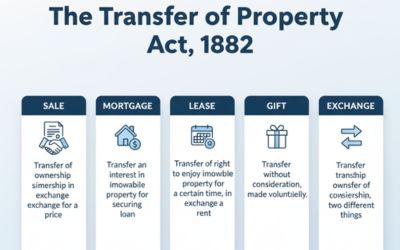
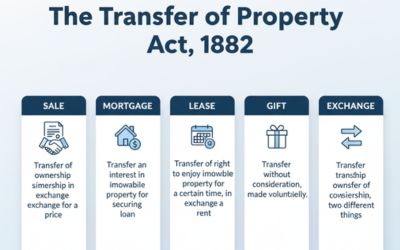

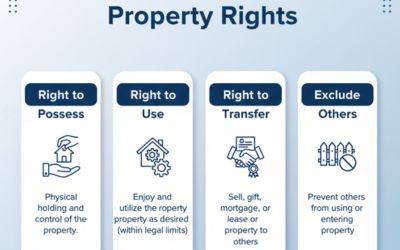
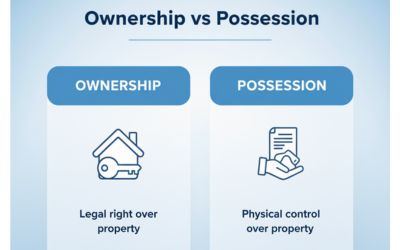

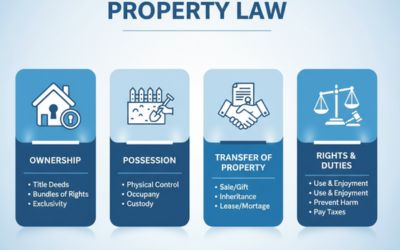



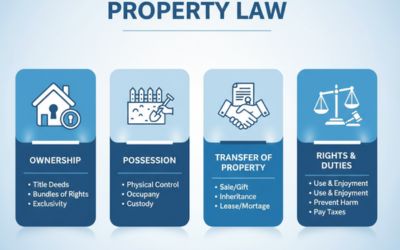
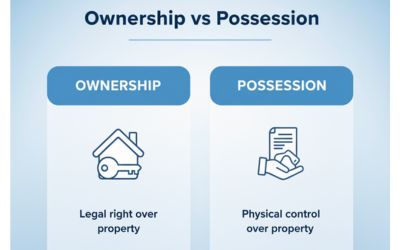
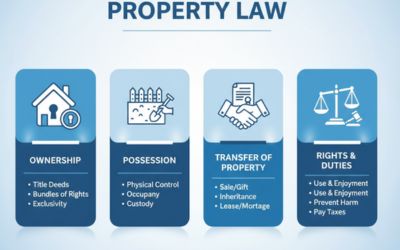
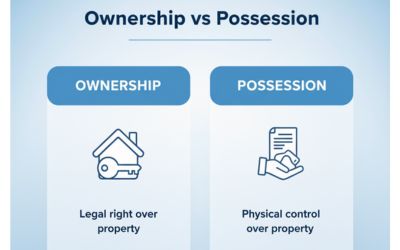


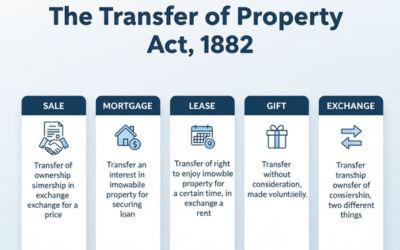
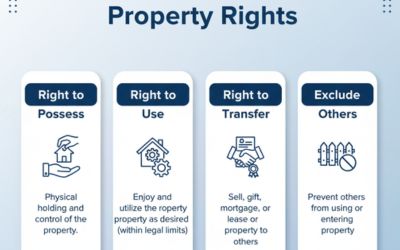


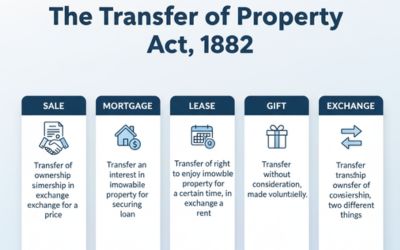






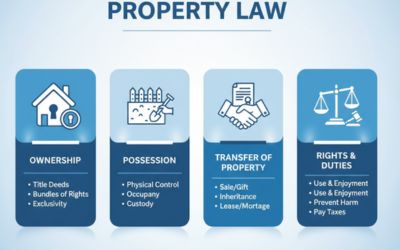













































































Comment
Nothing for now